Dazzling designs: Swarovski's Designers of the Future unveil projects at Design Miami/Basel

Two months ago, Swarovski gathered the design community in Milan to unveil the three winners of the Designers of the Future initiative. Chosen for their avant-garde approach to design, Hong Kong-based Elaine Ng, aka. The Fabrick Lab, and London-based Tomas Alonso and Studio Swine were chosen to work with Swarovski on projects that explore the company’s crystal savoir-faire merged with each designer’s area of expertise.
The three projects, unveiled today at the opening of Design Miami/Basel, showcase a diversity that is as much about aesthetics, as it is methods and intent. Each designer produced a body of work that forms both a clear representation of their practice and takes their modus operandi to new levels through Swarovski’s materials, traditions and inspirations. The designers were approaching crystal for the first time, and after an exploratory trip to Swarovski's origins in Wattens, Austria, they set out on their individual paths. Working with the Austrian craftsmen, they combined science, avant-garde technology and traditional crystal craft to create - both literally and figuratively - brilliant designs.
Spanish designer Tomas Alonso focused on 47°, the theoretical angle at which crystal either reflects or refracts light, depending on the viewer’s point of view. Inspiration came from Swarovski’s objects: the way they reflect light and the colours spectrum they create. ‘I was looking at colours and how the light creates these colour effects, and I was trying to create a way to emphasise these colours,’ explains the designer. His collection features an ambitious number of pieces that include trays, lamps and table-top objects, each composed of different parts of crystal joined at a 47° angle and glued together using UV bonding techniques and a vast variety of colour techniques to mimic naturally occurring hues within crystals.
Studio Swine’s focus was on the pure crystal, following the designers’ explorations into unusual design materials (their Hair Highway collection combined human hair and resin to produce magnificent pieces). Azusa Murakami and Alexander Groves were impressed by the range of crystal available to them in Wattens, and particularly drawn to the Swarovski XERO, the world’s smallest precision cut crystal, sand-like chatons of just 0.7mm diameter. ‘We kept thinking about the engineering and ingenuity that went into that, so we really wanted to do something with this tiny product, and make it big,’ explains Murakami of their initial idea. ‘We are used to taking a material that is often overlooked and undesirable, and try to make it desirable,’ continues Groves. ‘Crystal is already so desirable, we didn’t want this to be a case of the metamorphosis of a butterfly back into a caterpillar’ he jokes. Their project revolves around an imagined narrative of Planet Swarovski, a new spatial discovery, and a young Terraforming engineer sent to space to explore its crystal composition. Their work combines the minuscule crystals into several pieces which include an hourglass, a table and a solar system tabletop object.
Textile artist and designer Elaine Ng’s fabric-based experiment comes in the shape of a moving installation inspired by Sundew, an intriguing carnivorous plant. DEWs is an interactive installation of embroidered crystal sculptures, which move according to sound and movement around them. ‘My key mission was to employ crystal as a raw material and not a decorative feature,’ the designer explains. She combined her textile expertise with the craft abilities of the Wattens’ technician and craftsmen. ‘The technology and knowledge I was given through the trip was immense,’ she mentions, recalling her introduction to the Wattens facilities, ‘it has changed my mind about the way to design and apply crystal.’ Ng worked with six different fabricators on various embroidery methods using cane, PVC and textile, going as far as using crystal as a base to embroider onto.
'Innovation and experimentation are at the core of each commission from the winners,' said Nadja Swarovski, currently at the helm of her family's company. 'This is the avant-garde approach to the use of crystal in design that has been a part of Swarovski's DNA for 120 years – and will continue to drive us forward.'

Spanish designer Tomas Alonso focused on 47°, the theoretical angle at which crystal either reflects or refracts light, depending on the viewer’s point of view
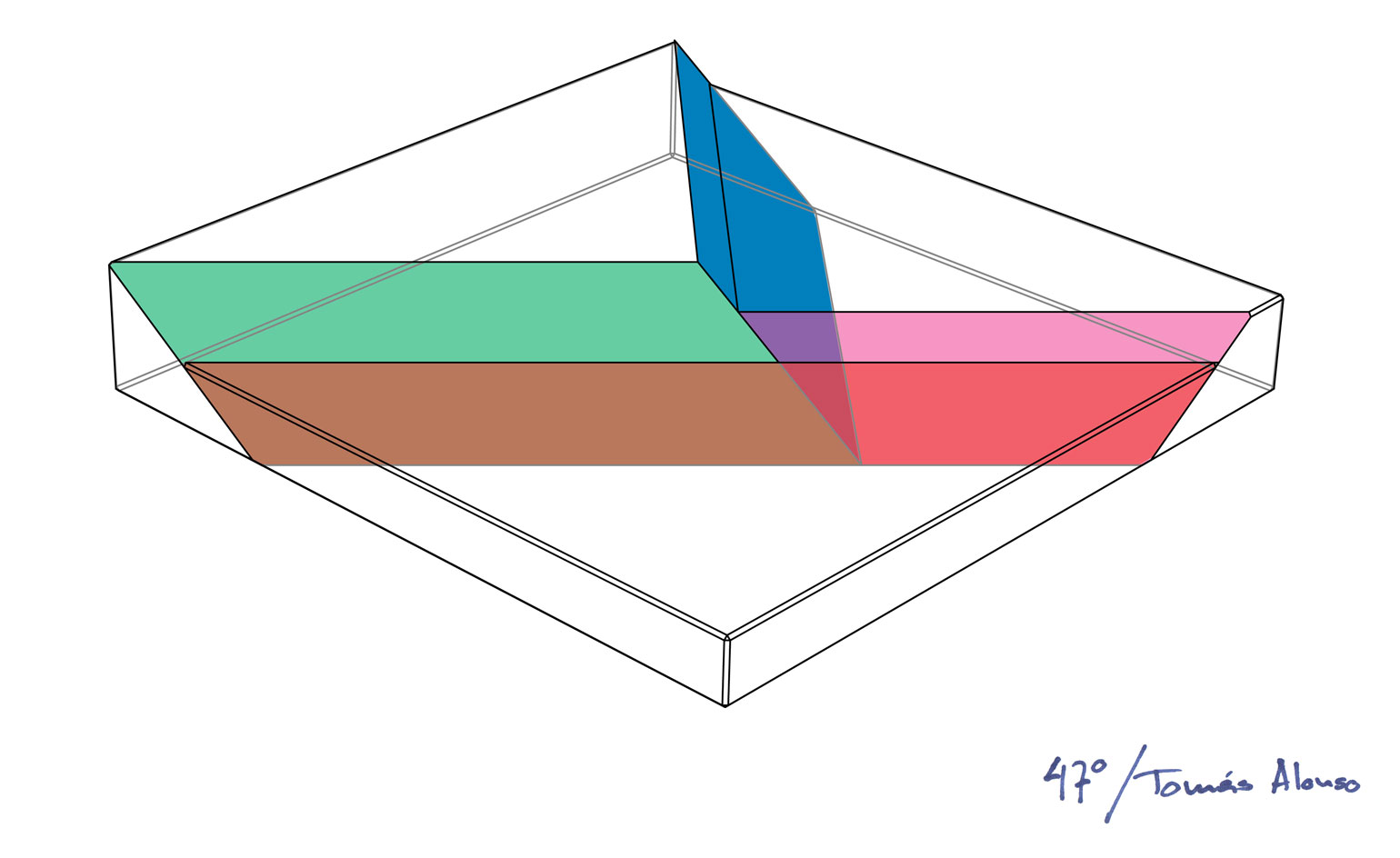
‘I was looking at colours and how the light creates these colour effects, and I was trying to create a way to emphasise these colours,’ explains the designer
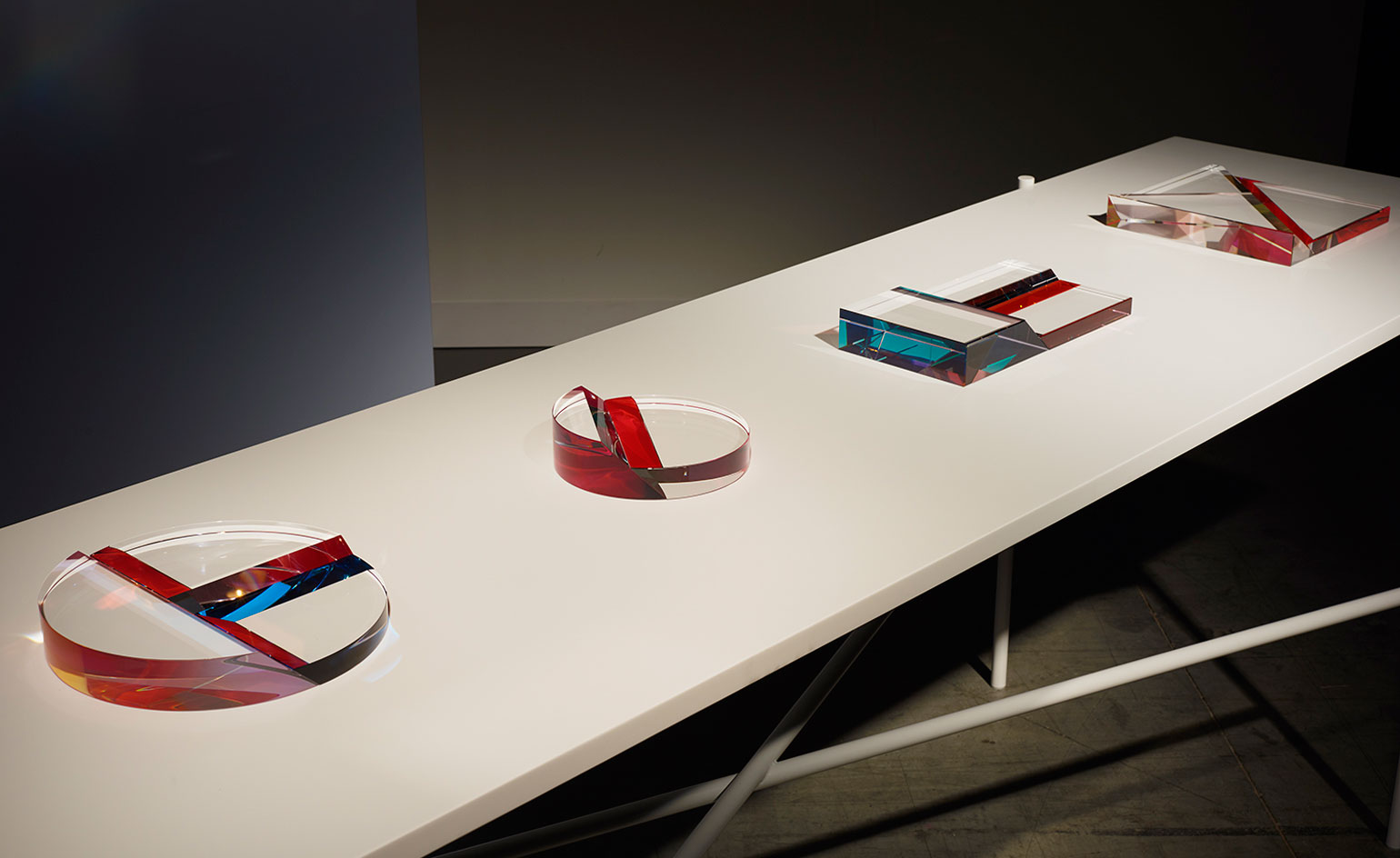
His collection features an ambitious number of pieces that include trays, lamps and table-top objects...

... each composed of different parts of crystal joined at a 47° angle and glued together using UV bonding techniques and a vast variety of colour techniques to mimic naturally occurring hues within crystals
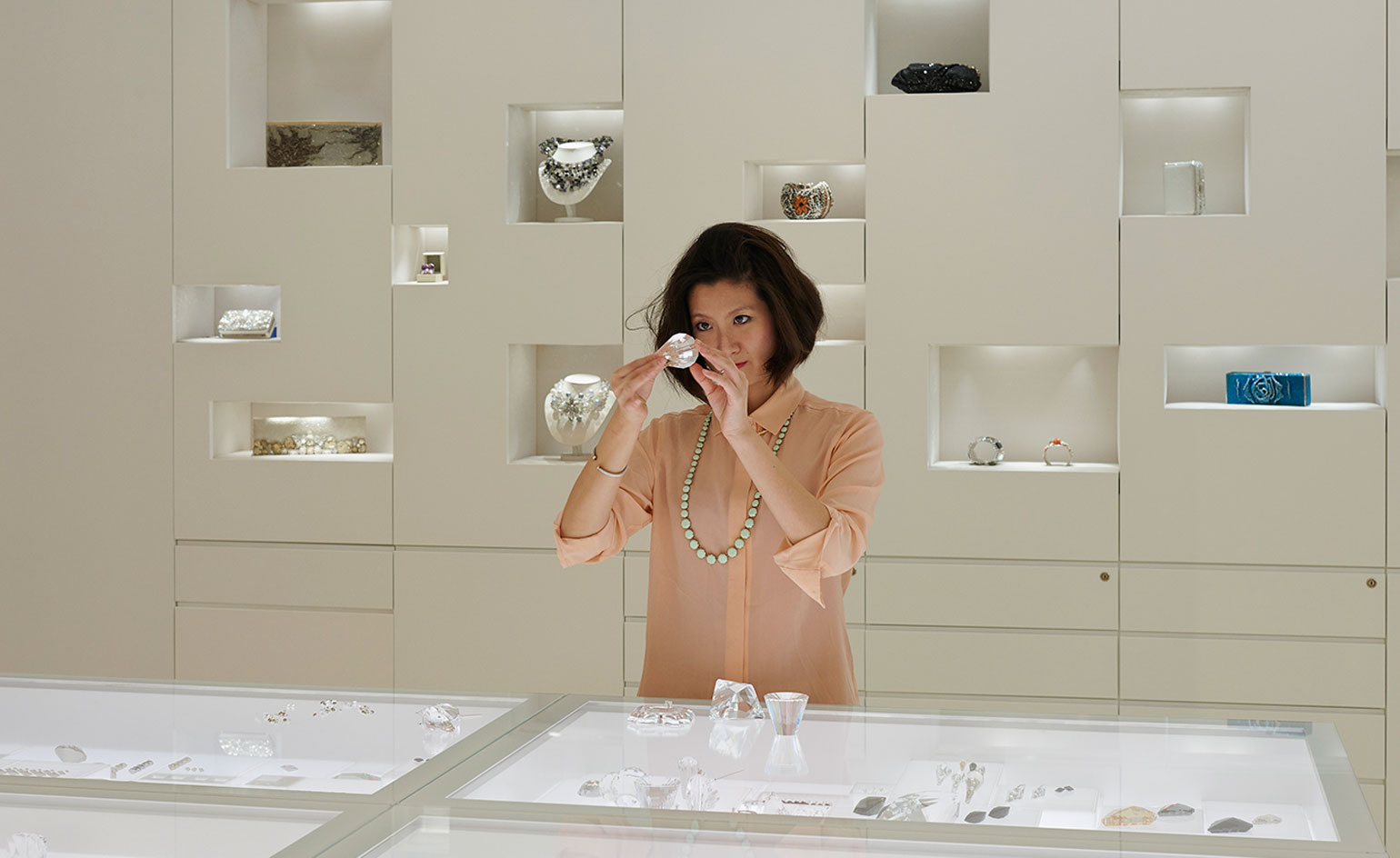
Textile artist and designer Elaine Ng’s fabric-based experiment comes in the shape of a moving installation inspired by an intriguing carnivorous plant, Sundew

‘My key mission was to employ crystal as a raw material and not a decorative feature,’ the designer explains

She combined her textile expertise with the craft abilities of the Wattens’ technician and craftsmen
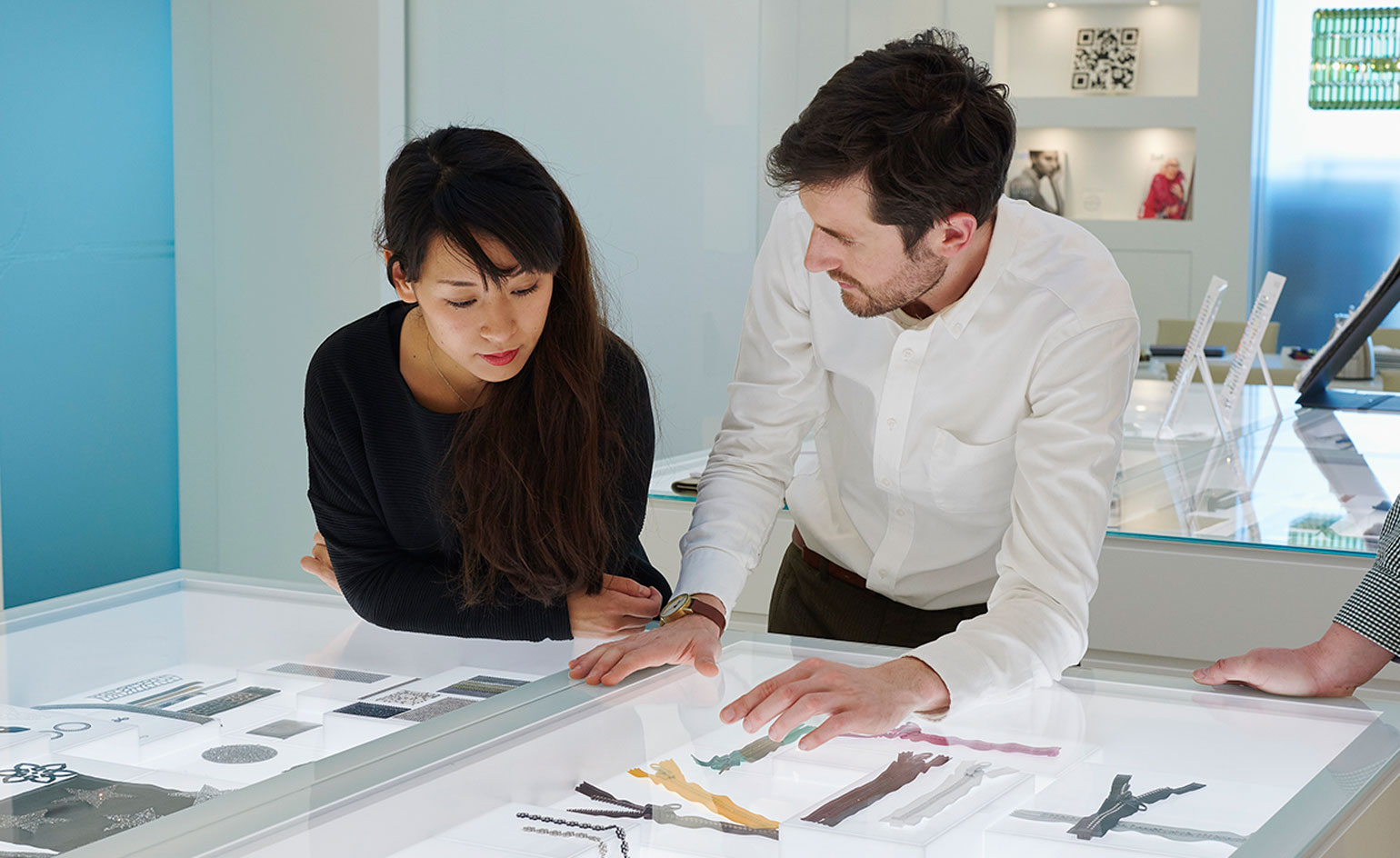
Studio Swine’s Azusa Murakami and Alexander Groves were particularly drawn to the Swarovski XERO, the world’s smallest precision cut crystal, sand-like chatons of just 0.7mm diameter
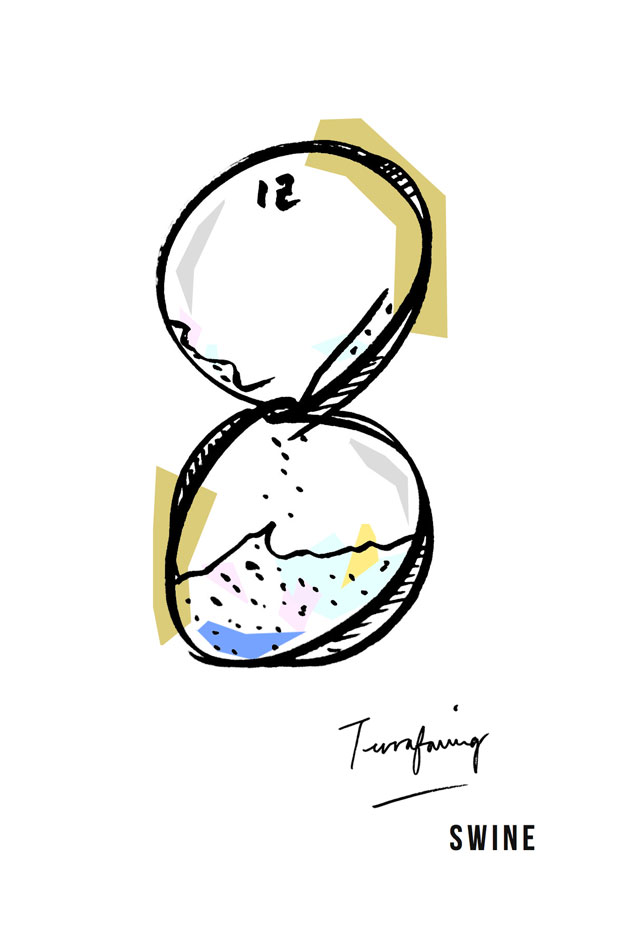
‘We kept thinking about the engineering and ingenuity that went into that, so we really wanted to do something with this tiny product, and make it big,’ explains Murakami
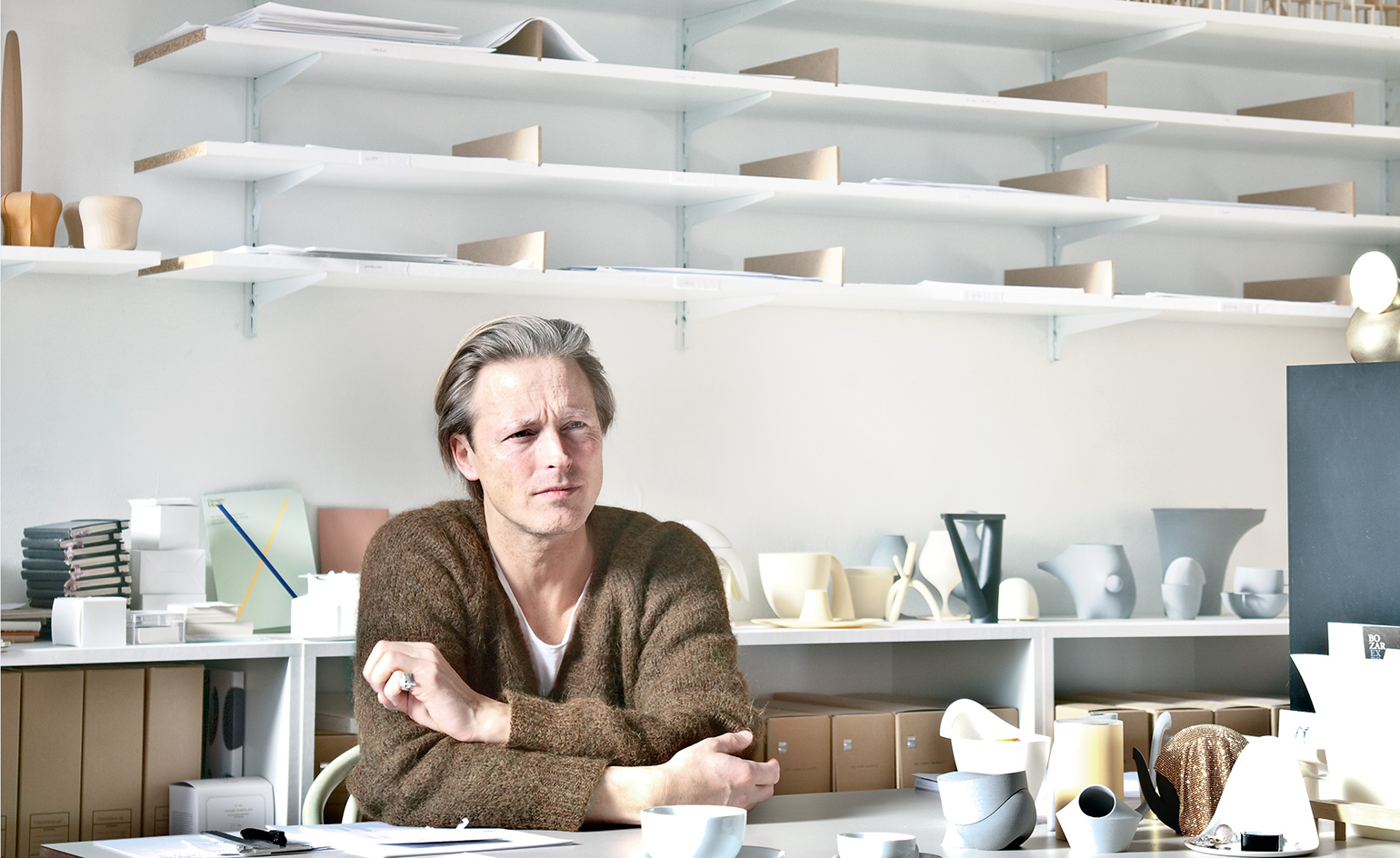
Aldo bakker in his Amsterdam studio surrounded by prototypes and maquettes
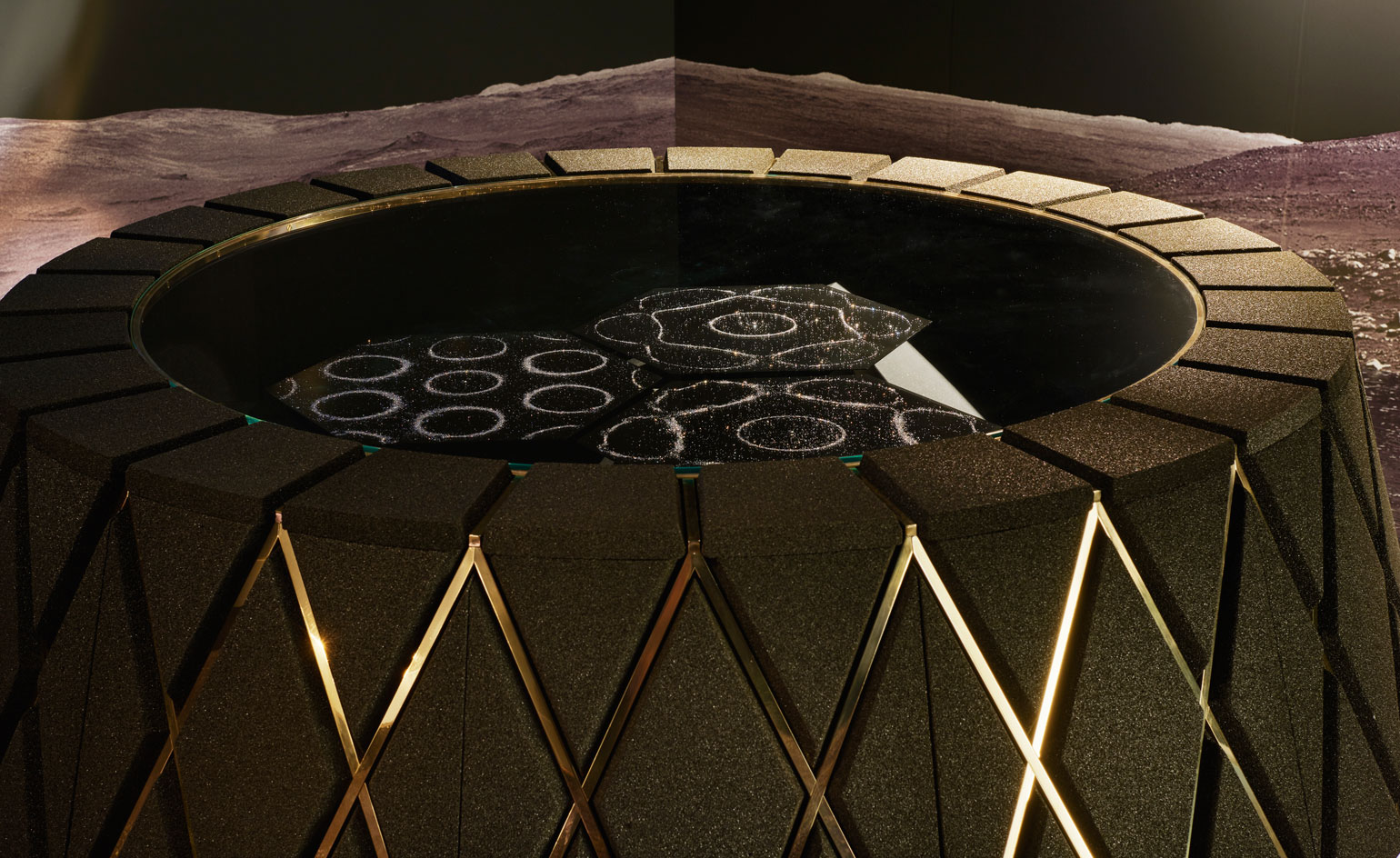
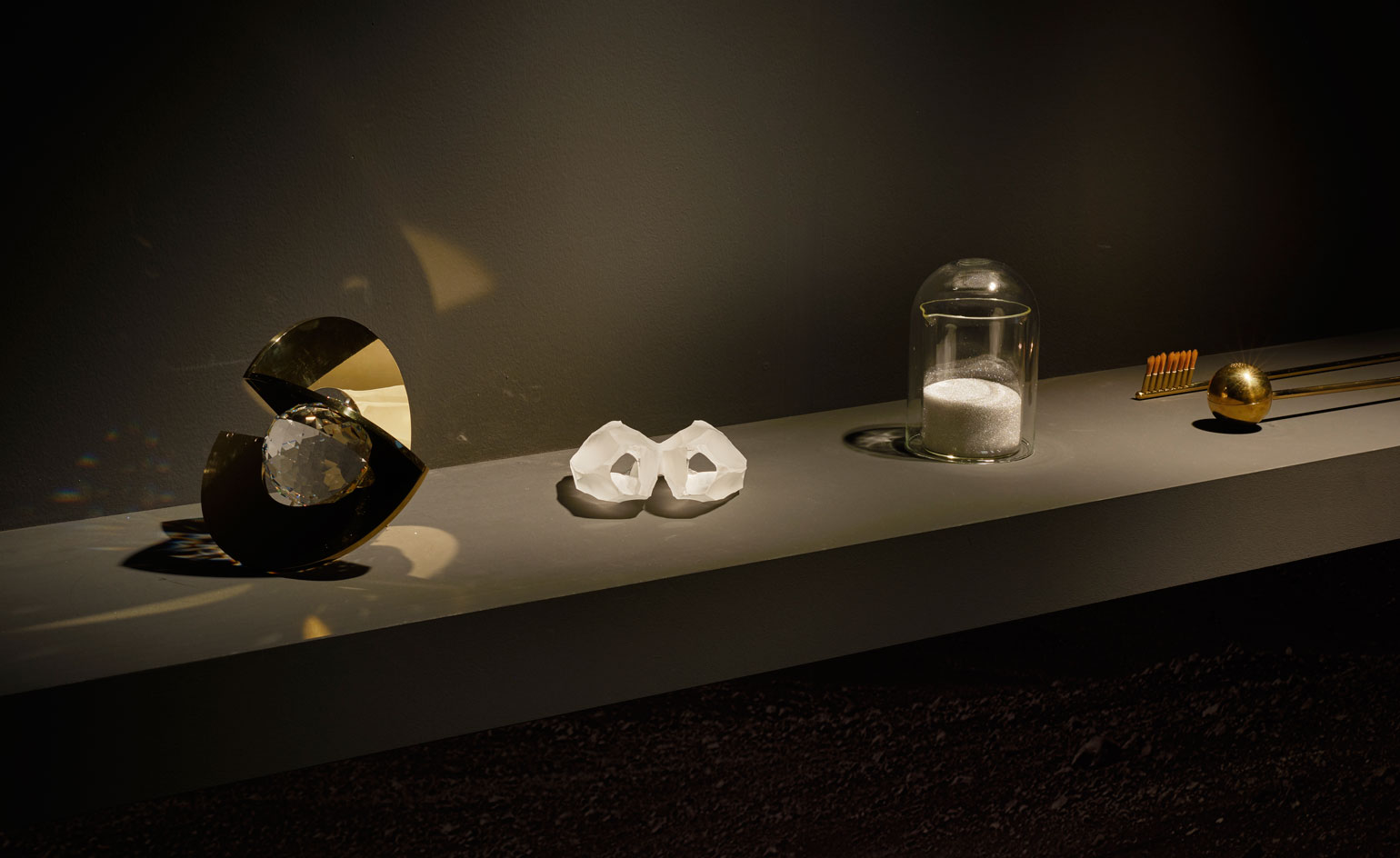
Receive our daily digest of inspiration, escapism and design stories from around the world direct to your inbox.
Rosa Bertoli was born in Udine, Italy, and now lives in London. Since 2014, she has been the Design Editor of Wallpaper*, where she oversees design content for the print and online editions, as well as special editorial projects. Through her role at Wallpaper*, she has written extensively about all areas of design. Rosa has been speaker and moderator for various design talks and conferences including London Craft Week, Maison & Objet, The Italian Cultural Institute (London), Clippings, Zaha Hadid Design, Kartell and Frieze Art Fair. Rosa has been on judging panels for the Chart Architecture Award, the Dutch Design Awards and the DesignGuild Marks. She has written for numerous English and Italian language publications, and worked as a content and communication consultant for fashion and design brands.
-
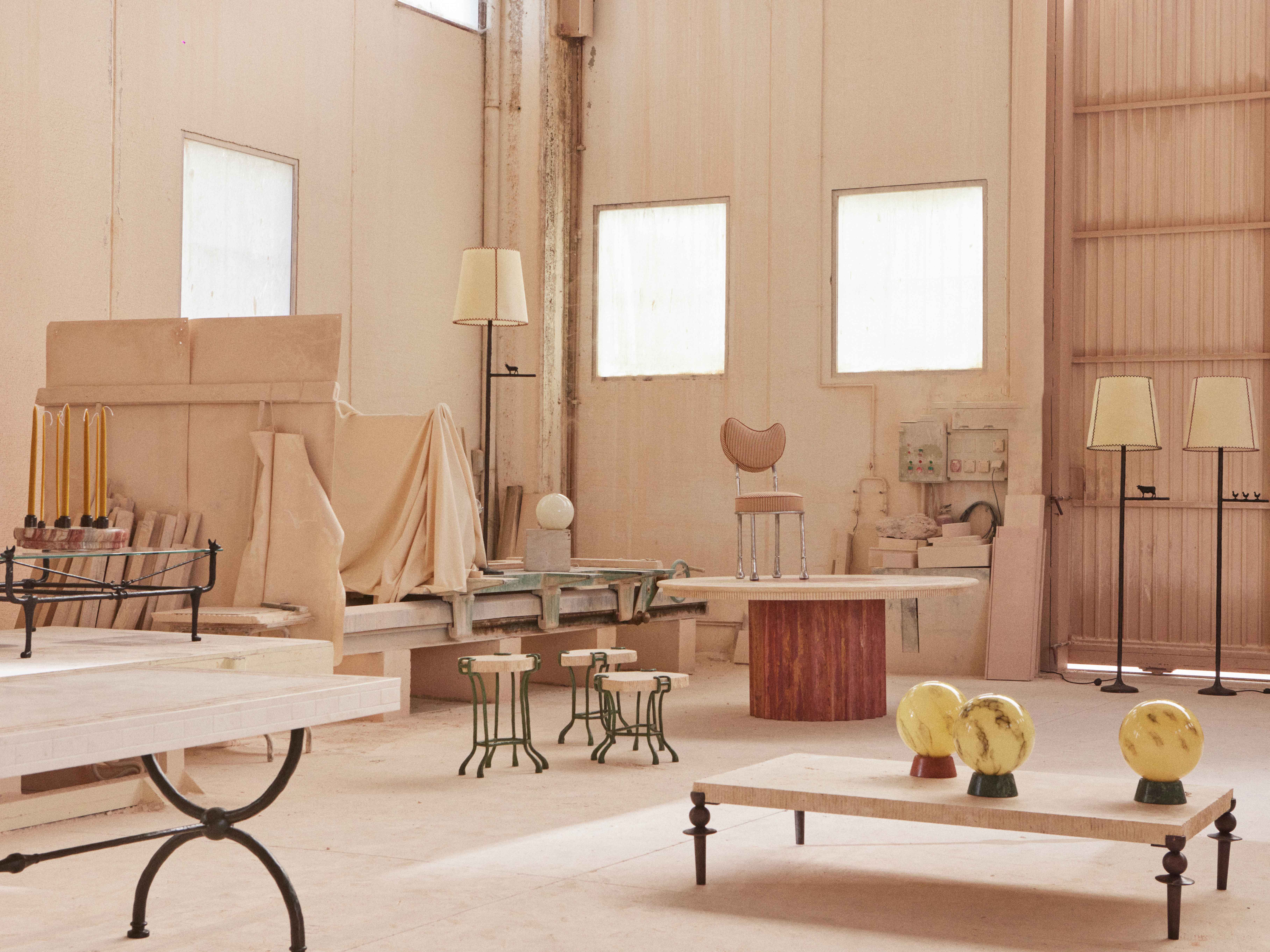 Marta de la Rica opens The Lab, a design studio turned experimental playground
Marta de la Rica opens The Lab, a design studio turned experimental playgroundSpanish designer Marta de la Rica establishes The Lab as a space for applied design research, with a debut collection exploring how scale and gesture transform material behaviour
-
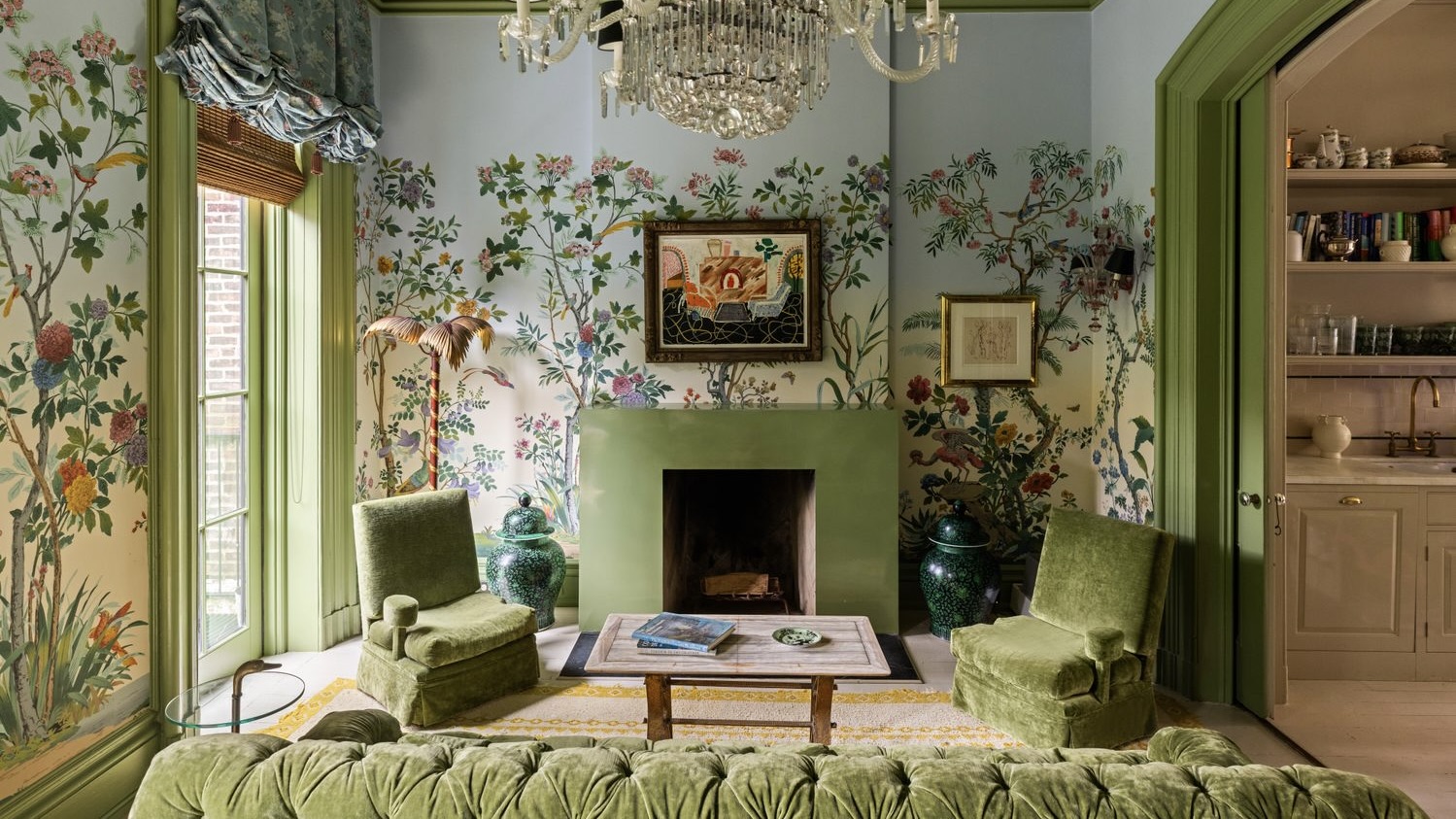 Inside Lily Allen and David Harbour's maximalist Brooklyn townhouse, now on the market for $8 million
Inside Lily Allen and David Harbour's maximalist Brooklyn townhouse, now on the market for $8 millionThe former couple have listed their Billy Cotton-renovated Carroll Gardens brownstone, which has been immortalised in Allen’s new album ‘West End Girl’
-
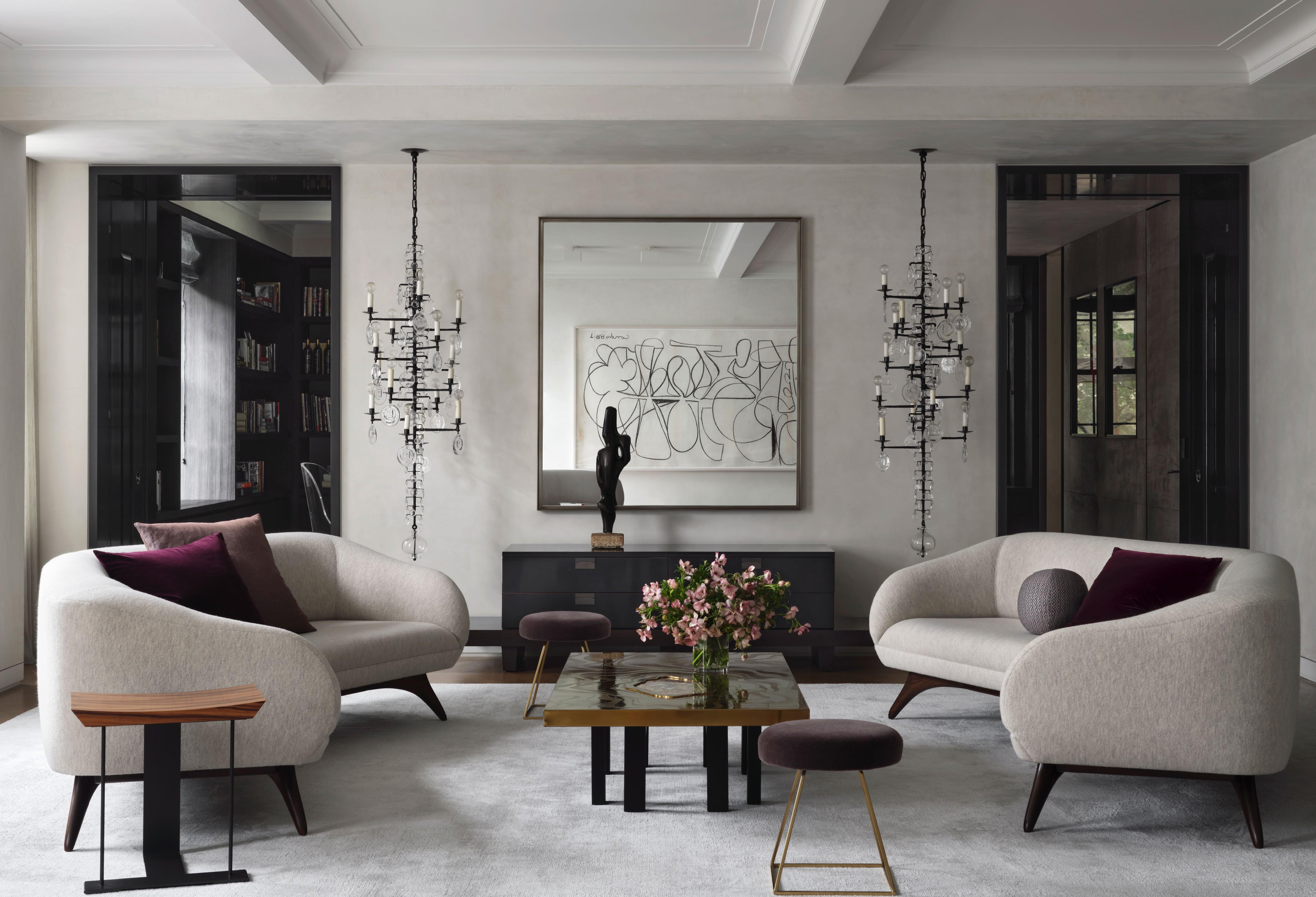 This refined Manhattan prewar strikes the perfect balance of classic and contemporary
This refined Manhattan prewar strikes the perfect balance of classic and contemporaryFor her most recent project, New York architect Victoria Blau took on the ultimate client: her family
-
 Best of Design Miami Paris 2025: animal sculptures and musical ping-pong tables
Best of Design Miami Paris 2025: animal sculptures and musical ping-pong tablesDesign Miami Paris returns to the Hôtel de Maisons (until 26 October 2025): here are the Wallpaper* highlights
-
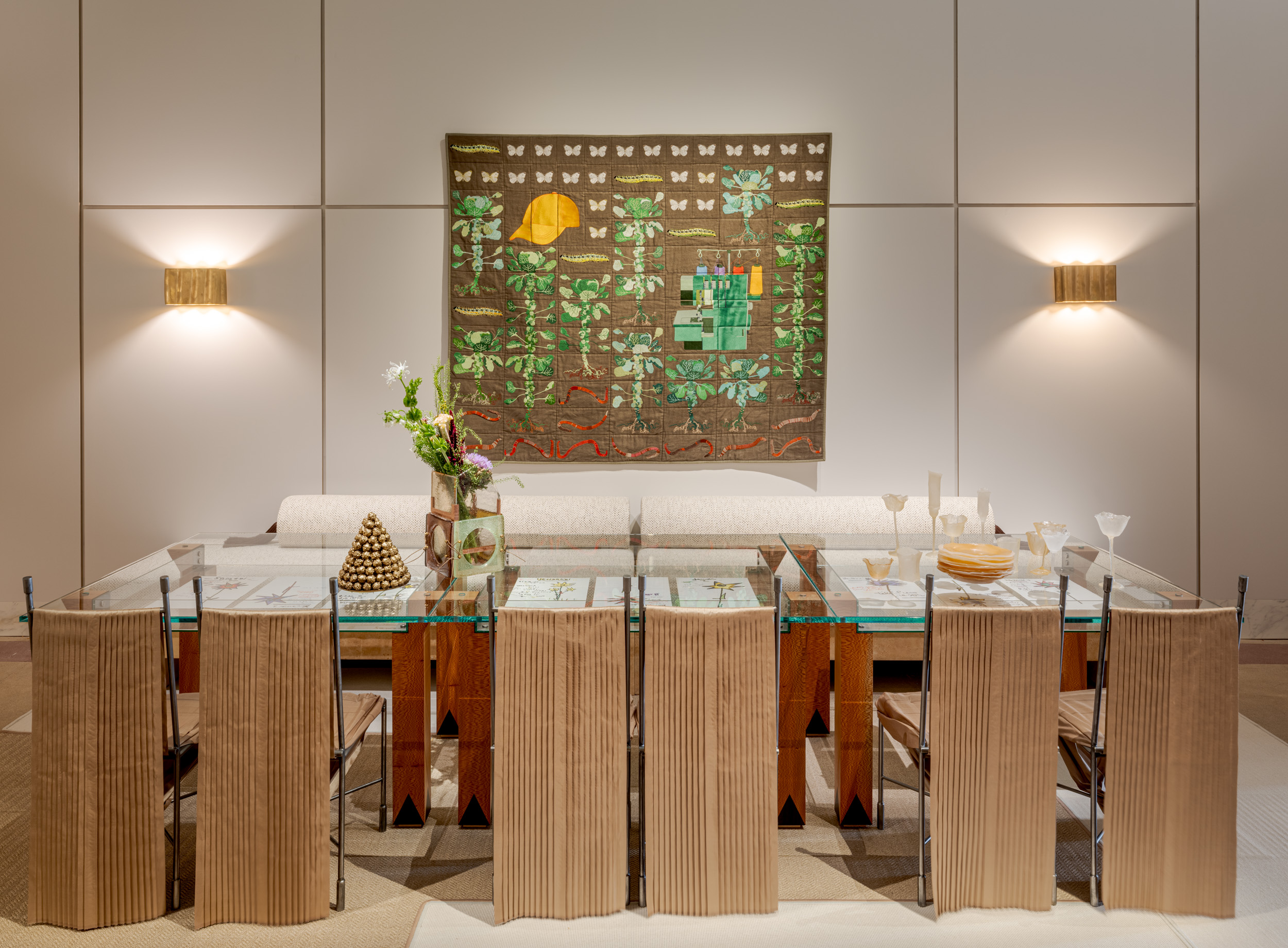 These are the best design exhibitions to see in Paris this week
These are the best design exhibitions to see in Paris this weekAs Design Miami Paris and Art Basel Paris make their return, we round up the best design exhibitions to discover in the city
-
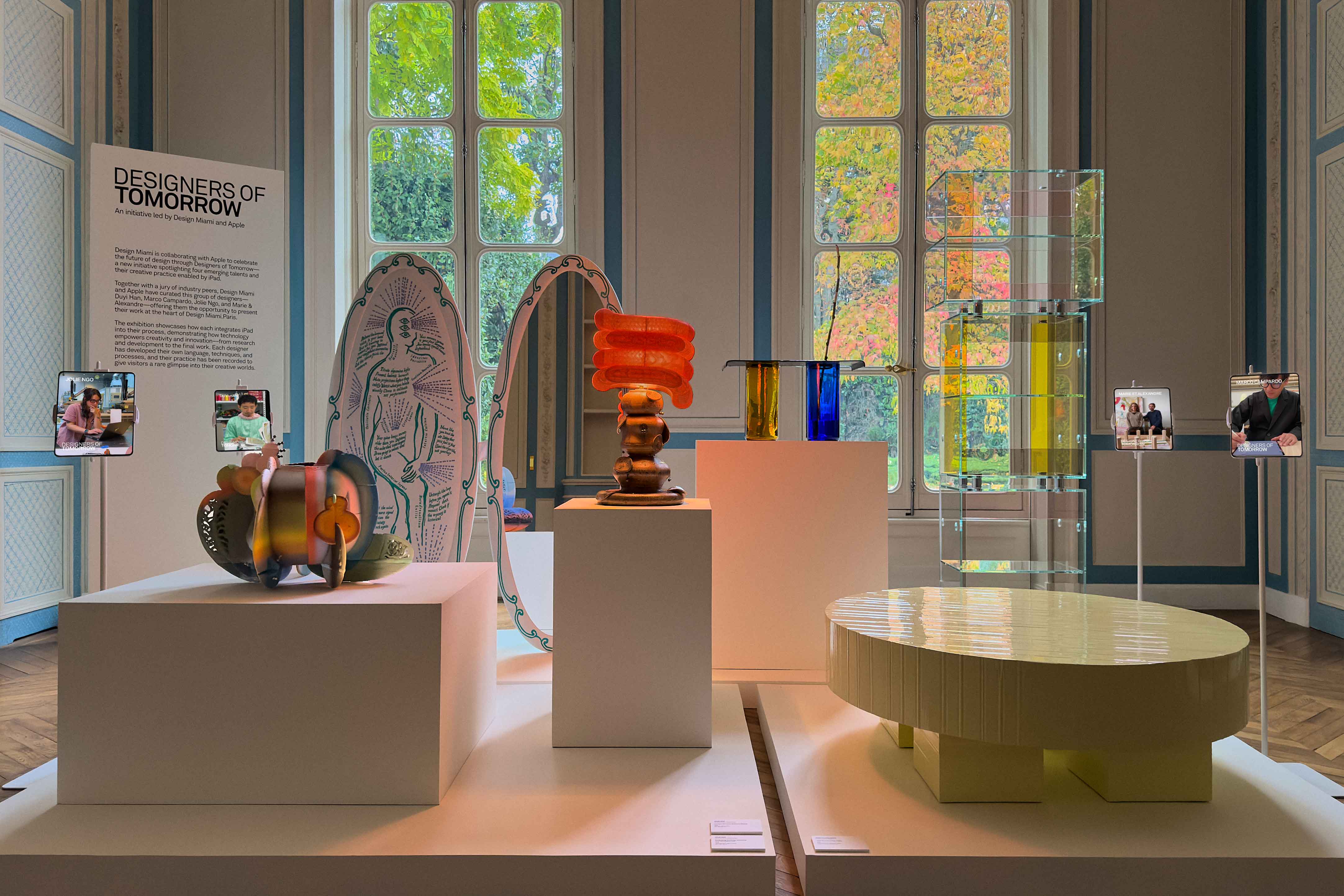 Apple and Design Miami celebrate the new guard of creativity with the inaugural Designers of Tomorrow
Apple and Design Miami celebrate the new guard of creativity with the inaugural Designers of TomorrowApple and Design Miami's Designers of Tomorrow make Paris debut with a cohort of four designers, including Atelier Duyi Han, Jolie Ngo, Marie & Alexandre, and Marco Campardo
-
 Design Miami in Seoul: inside the fair’s spectacular South Korean debut
Design Miami in Seoul: inside the fair’s spectacular South Korean debutAs Design Miami launches its inaugural Seoul event, we discover its showcases spotlighting South Korean designers who have shaped the country’s creative landscape, from traditional craft to pioneering design innovations
-
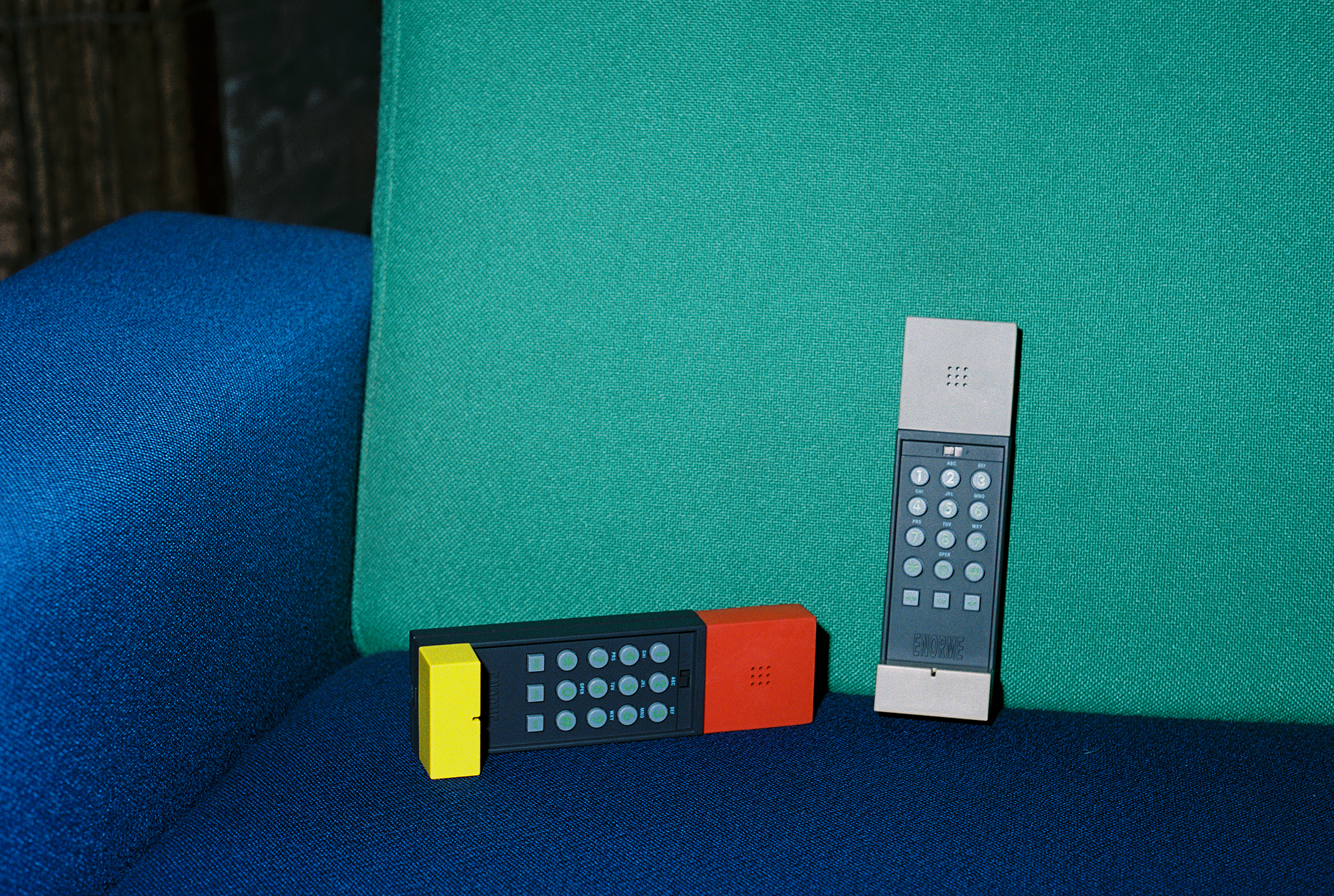 Basic.Space launches its first IRL shopping event – in an empty West Hollywood mall
Basic.Space launches its first IRL shopping event – in an empty West Hollywood mallWith the launch of its first in-person event in LA this weekend, the e-commerce platform is looking to bring collectible design to a whole new audience
-
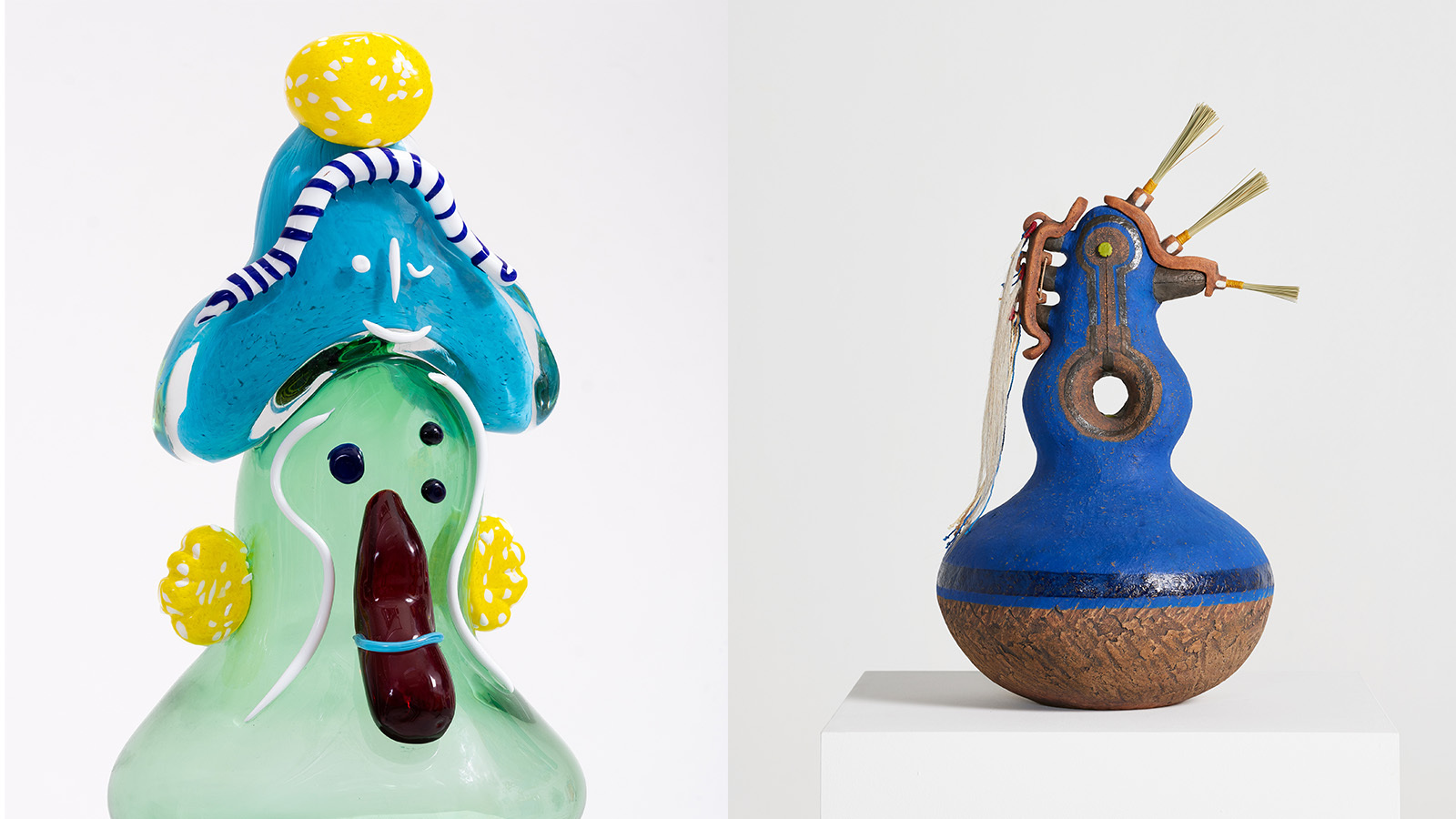 Design Miami 2024 is alive with possibility: here are 14 things to see
Design Miami 2024 is alive with possibility: here are 14 things to seeDesign Miami 2024 opens 4-8 December – let Wallpaper* guide you to the highlights, from dazzling installations to plump sofas and anthropomorphic sculptures
-
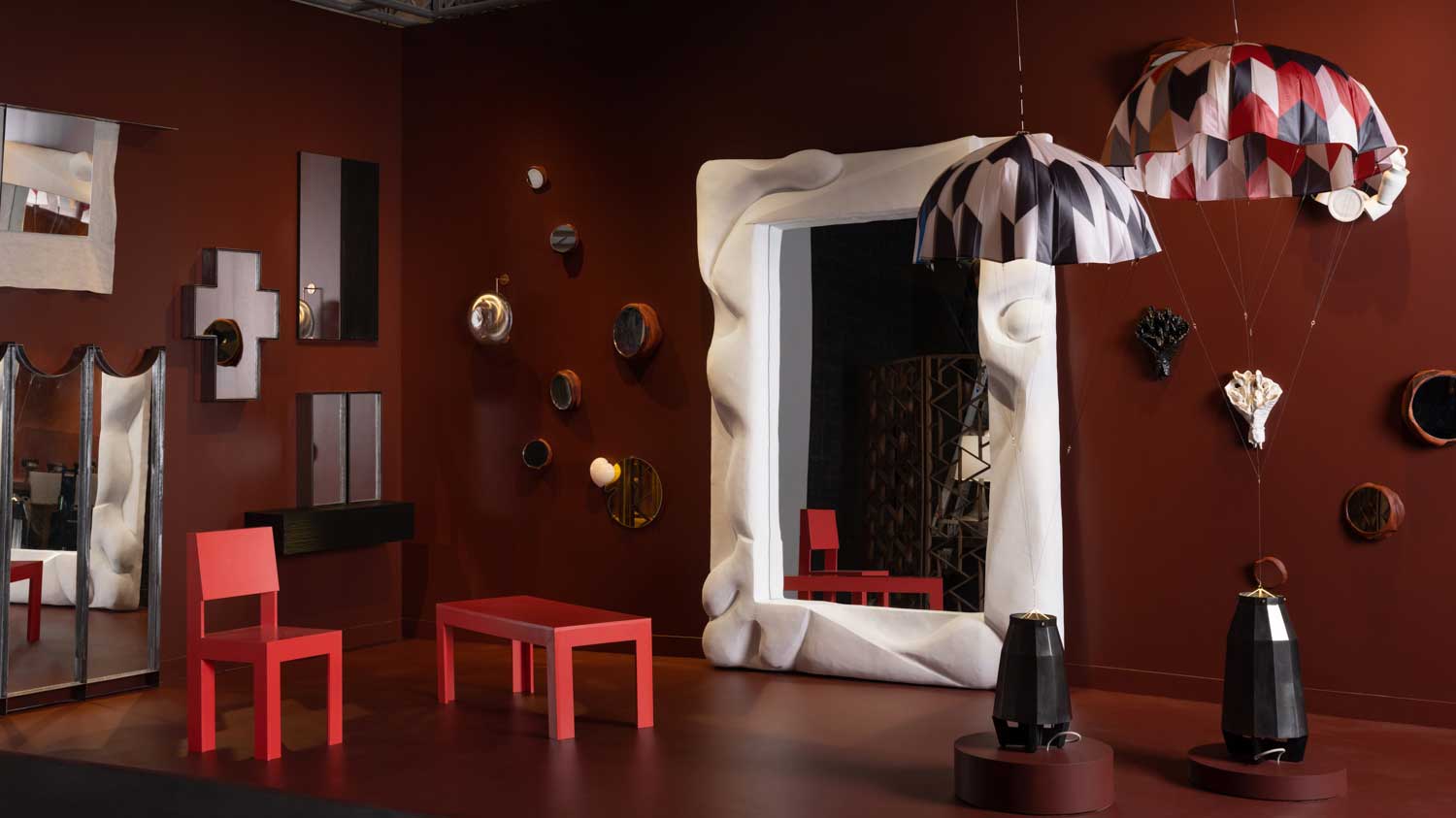 Design Miami 2022: highlights from the fair and around town
Design Miami 2022: highlights from the fair and around townDesign Miami 2022 (30 November – 4 December) aims at ‘rebooting the roots of our relationship with nature and collective structures, ecospheres, and urban contexts’
-
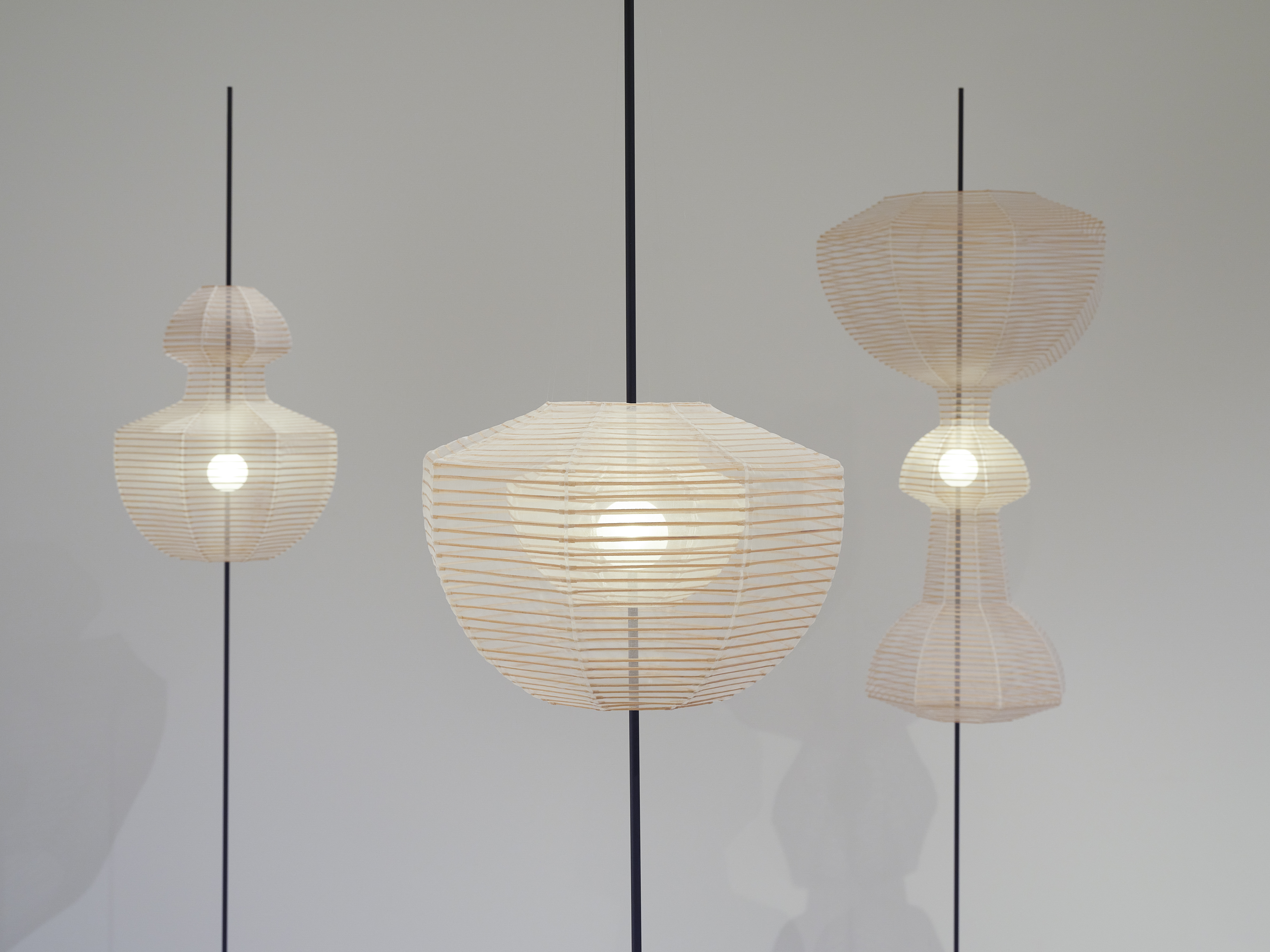 Nendo’s collaborations with Kyoto artisans go on view in New York
Nendo’s collaborations with Kyoto artisans go on view in New York‘Nendo sees Kyoto’ is on view at Friedman Benda (until 15 October 2022), showcasing the design studio's collaboration with six artisans specialised in ancient Japanese crafts